What is No Gi Jiu-Jitsu?
Table of Contents
- Introduction to No Gi Jiu-Jitsu
- The Origins of No Gi Jiu-Jitsu
- Understanding the Basics of No Gi Jiu-Jitsu
- Key Differences Between Gi and No Gi Jiu-Jitsu
- Training Gear for No Gi Jiu-Jitsu
- Techniques and Strategies in No Gi Jiu-Jitsu
- Benefits of Practicing No Gi Jiu-Jitsu
- No Gi Jiu-Jitsu for Self-Defense
- Famous Practitioners of No Gi Jiu-Jitsu
- Getting Started with No Gi Jiu-Jitsu
- Conclusion
1. Introduction to No Gi Jiu-Jitsu
No Gi Jiu-Jitsu, commonly known as “No Gi,” stands as a dynamic and evolving form of Brazilian Jiu-Jitsu (BJJ). Unlike its counterpart, Gi Jiu-Jitsu, which involves training with the traditional kimono or gi, No Gi practitioners engage in grappling without the use of this attire. Instead, they wear rash guards and grappling shorts, emphasizing techniques that do not rely on clothing grips. This style of Jiu-Jitsu offers a unique and exhilarating experience, characterized by fast-paced movement, fluid transitions, and a focus on body-to-body contact.
2. The Origins of No Gi Jiu-Jitsu
No Gi Jiu-Jitsu traces its roots back to the broader discipline of Brazilian Jiu-Jitsu. While BJJ initially centered around training in the gi, the emergence of mixed martial arts (MMA) spurred the development of No Gi as a distinct style. As MMA fighters sought to refine their ground game without the encumbrance of the gi, No Gi Jiu-Jitsu gained traction as a practical and effective method of grappling. Over time, No Gi evolved with its own set of techniques, strategies, and competitions, contributing to its status as a respected martial art in its own right.
3. Understanding the Basics of No Gi Jiu-Jitsu
At its foundation, No Gi Jiu-Jitsu shares many principles with traditional BJJ, including leverage, positional control, and submissions. However, the absence of the gi necessitates adjustments in technique and approach. Without the ability to rely on clothing grips, practitioners must focus more on body positioning, weight distribution, and controlling the opponent’s limbs. This heightened emphasis on body-to-body contact fosters a deeper understanding of balance, timing, and spatial awareness.
4. Key Differences Between Gi and No Gi Jiu-Jitsu
The primary distinction between Gi and No Gi Jiu-Jitsu lies in the attire and gripping strategies. In Gi Jiu-Jitsu, practitioners utilize the fabric of the gi to establish control, execute sweeps, and apply submissions. Conversely, No Gi practitioners rely on direct physical contact and friction to achieve similar outcomes. This difference in gripping dynamics leads to variations in technique, pacing, and strategic considerations between the two styles.
For comprehensive insights into the comparison between Gi and No Gi Brazilian Jiu-Jitsu, check out the article Gi vs No Gi BJJ.
5. Training Gear for No Gi Jiu-Jitsu
To engage in No Gi Jiu-Jitsu effectively, practitioners require specific training gear tailored to the demands of the discipline. Rash guards serve as the foundation of No Gi attire, providing moisture-wicking properties, protection from abrasions, and a comfortable fit. Grappling shorts, designed for freedom of movement and durability, complement rash guards, ensuring practitioners can move with agility and precision during training. Additionally, some practitioners opt to wear compression shorts or spats underneath their shorts for added comfort and support.
Additionally, if you’re curious about the appropriate attire and gear for No Gi Jiu-Jitsu sessions, you can explore the guide on what to wear to jiu jitsu no gi.
6. Techniques and Strategies in No Gi Jiu-Jitsu
No Gi Jiu-Jitsu encompasses a diverse array of techniques and strategies adapted for use without the gi. Common techniques include takedowns, guard passes, sweeps, and submissions such as chokes and joint locks. Without the gi, practitioners must rely more on underhooks, overhooks, and control of the opponent’s body to execute techniques effectively. This reliance on direct physical contact fosters a dynamic and fluid style of grappling, characterized by rapid transitions and strategic improvisation.
7. Benefits of Practicing No Gi Jiu-Jitsu
Practicing No Gi Jiu-Jitsu offers numerous benefits for practitioners of all skill levels. From improving cardiovascular endurance and agility to enhancing proprioception and body awareness, No Gi training provides a comprehensive workout for both the body and mind. Furthermore, No Gi Jiu-Jitsu serves as a practical form of self-defense, equipping practitioners with the skills and confidence to defend themselves in real-life situations. Whether pursuing competitive success or personal growth, No Gi Jiu-Jitsu offers a challenging and rewarding path to mastery.
8. No Gi Jiu-Jitsu for Self-Defense
No Gi Jiu-Jitsu stands as a highly effective form of self-defense, emphasizing practical techniques that can be applied in real-world scenarios. By focusing on body-to-body contact and leverage, practitioners learn to neutralize larger and stronger opponents using leverage, joint manipulation, and positional control. This emphasis on efficiency and adaptability makes No Gi Jiu-Jitsu suitable for individuals of all ages and fitness levels seeking to enhance their self-defense capabilities.
9. Famous Practitioners of No Gi Jiu-Jitsu
Numerous renowned martial artists have made significant contributions to the development and popularization of No Gi Jiu-Jitsu. Figures such as Eddie Bravo, Marcelo Garcia, and Gordon Ryan have demonstrated the effectiveness of No Gi techniques in high-level competition and MMA. Their innovative approaches and championship victories have inspired countless practitioners worldwide, cementing No Gi Jiu-Jitsu’s status as a respected and influential martial art.
10. Getting Started with No Gi Jiu-Jitsu
Whether you’re a seasoned grappler or a newcomer to martial arts, embarking on a journey with No Gi Jiu-Jitsu is accessible and rewarding. Many gyms offer dedicated No Gi classes led by experienced instructors who provide instruction tailored to all skill levels. Beginners can start with fundamental techniques and gradually progress to more advanced concepts as they gain proficiency. With dedication, perseverance, and a willingness to learn, practitioners can unlock the full potential of No Gi Jiu-Jitsu and experience its transformative benefits firsthand.
11. Conclusion
No Gi Jiu-Jitsu represents a dynamic and versatile martial art that continues to grow in popularity worldwide. By training without the gi, practitioners develop essential skills in grappling, self-defense, and physical fitness. Whether pursuing competitive success or seeking practical self-defense skills, No Gi Jiu Jitsu offers a challenging and rewarding journey of personal growth and mastery. With its emphasis on adaptability, creativity, and technique, No Gi Jiu-Jitsu empowers individuals to overcome challenges, achieve their goals, and thrive both on and off the mat.
FAQs: No Gi Jiu-Jitsu
Q1. What is No Gi Jiu-Jitsu?
A: No Gi Jiu-Jitsu is a dynamic form of Brazilian Jiu-Jitsu (BJJ) practiced without the traditional gi or kimono. Instead of relying on clothing grips, practitioners wear rash guards and grappling shorts, focusing on direct physical contact and body-to-body techniques.
Q2. How does No Gi Jiu-Jitsu differ from Gi Jiu-Jitsu?
A: The primary difference lies in attire and gripping strategies. In Gi Jiu-Jitsu, practitioners utilize the fabric of the gi for control and submissions, while No Gi relies on direct physical contact. This distinction leads to variations in technique, pacing, and strategic considerations between the two styles.
Q3. What gear do I need for No Gi Jiu-Jitsu?
A: For No Gi training, you’ll need rash guards, grappling shorts, and optional compression shorts or spats. Rash guards provide moisture-wicking properties and protection, while grappling shorts offer freedom of movement and durability.
Q4. Is No Gi Jiu-Jitsu suitable for beginners?
A: Yes, No Gi Jiu-Jitsu is accessible to practitioners of all levels, including beginners. Many gyms offer dedicated No Gi classes led by experienced instructors who provide instruction tailored to all skill levels, starting with fundamental techniques and gradually progressing to more advanced concepts.
Q5. What are the benefits of practicing No Gi Jiu-Jitsu?
A: Practicing No Gi Jiu-Jitsu offers numerous benefits, including improved cardiovascular endurance, agility, proprioception, and body awareness. It serves as a practical form of self-defense, equipping practitioners with skills and confidence to defend themselves in real-life situations.
Q6. Can I compete in No Gi Jiu-Jitsu tournaments?
A: Yes, there are numerous No Gi Jiu-Jitsu tournaments and competitions held worldwide, catering to practitioners of all ages and skill levels. These events provide opportunities to test your skills, challenge yourself, and connect with the broader Jiu-Jitsu community.
Q7. Who are some famous practitioners of No Gi Jiu-Jitsu?
A: Renowned martial artists such as Eddie Bravo, Marcelo Garcia, and Gordon Ryan have made significant contributions to the development and popularization of No Gi Jiu-Jitsu. Their innovative approaches and championship victories have inspired practitioners worldwide.
Q8. How does No Gi Jiu-Jitsu contribute to self-defense?
A: No Gi Jiu-Jitsu emphasizes practical techniques that can be applied in real-world self-defense scenarios. By focusing on leverage, joint manipulation, and positional control, practitioners learn to neutralize larger and stronger opponents effectively.

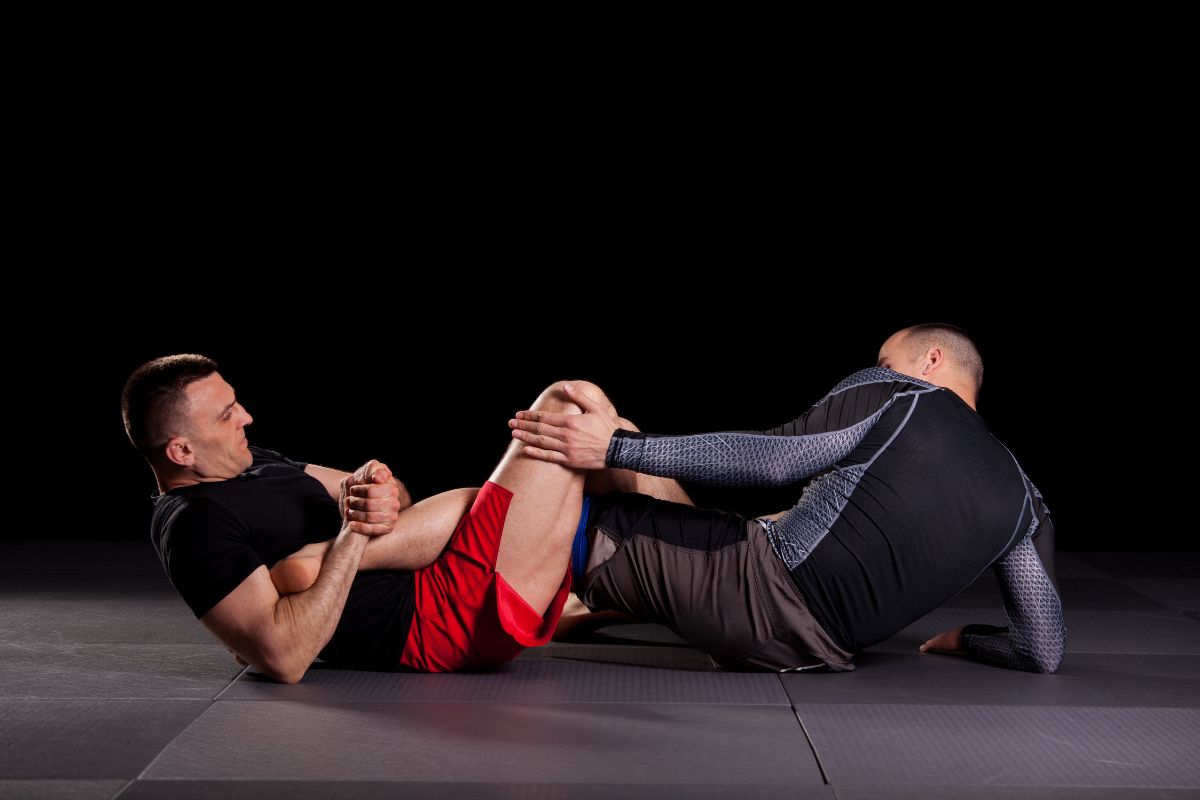

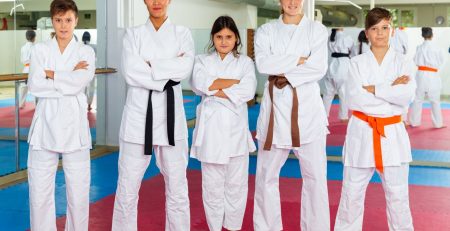


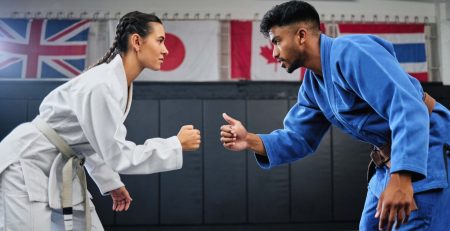
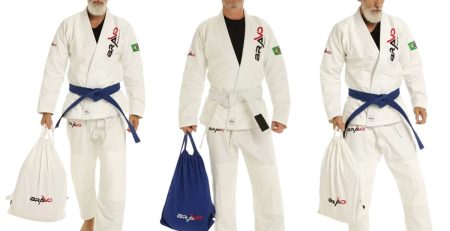
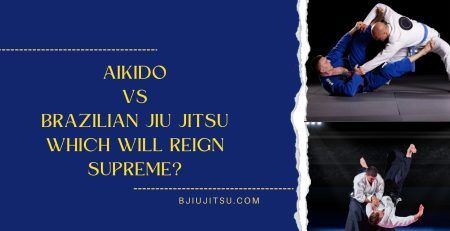

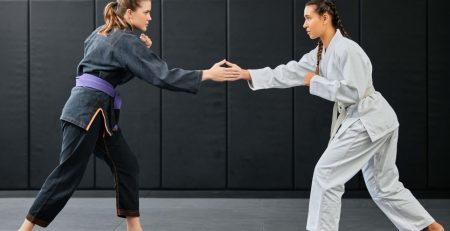



Leave a Reply
You must be logged in to post a comment.